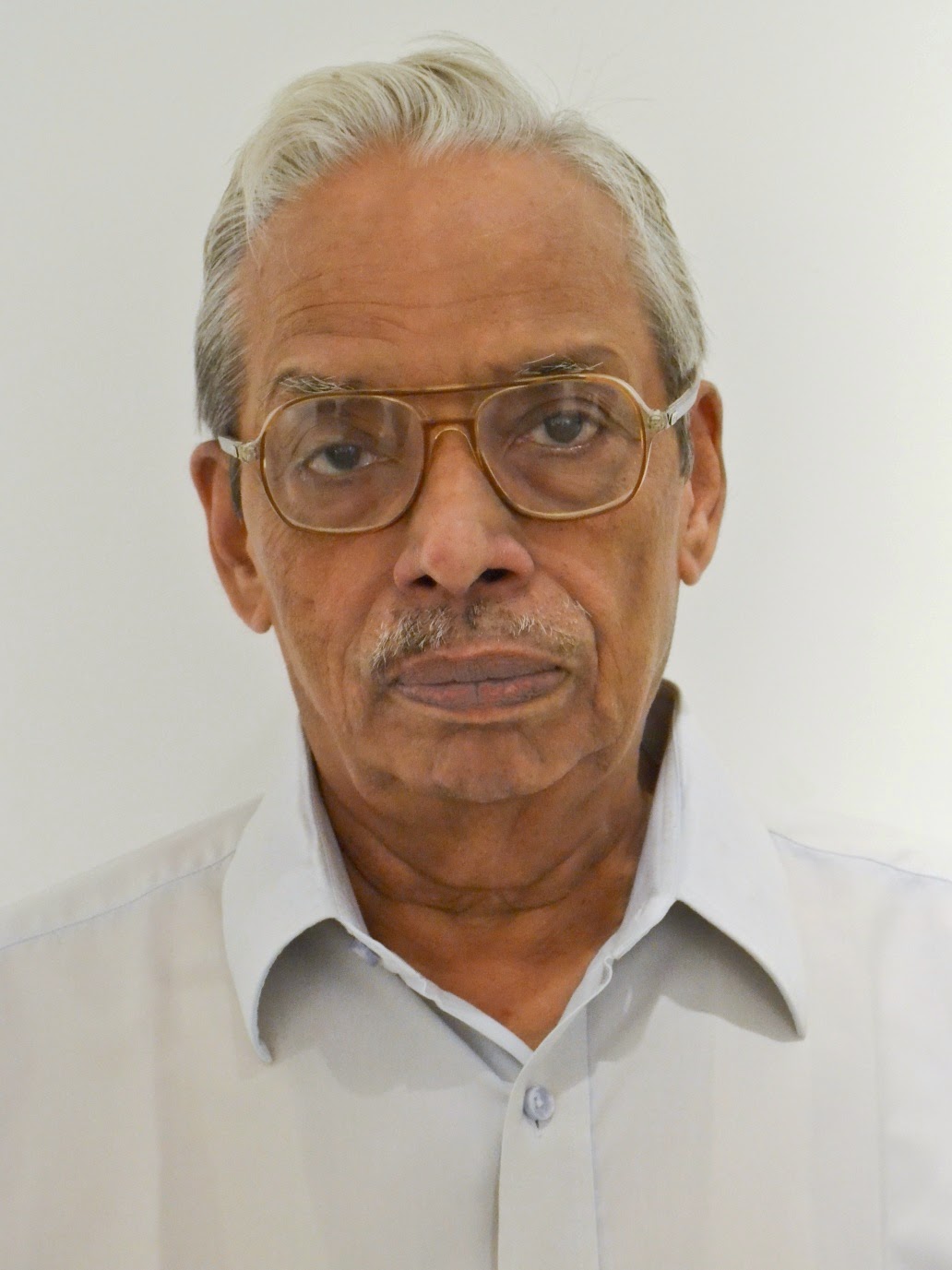By
Shevlin Sebastian
When
I worked for a newspaper group at Kolkata, several years ago, I came
across a senior artist called Samir Biswas. He was well-known for
doing pencil sketches of Kolkata which he would print up as cards. It
had a steady sale.
Samirda,
who died in his early fifties, a few years ago, was a soft-spoken and
gentle person. He and I would have regular talks on art, literature,
philosophy, politics, human relationships, and the meaning of life.
It
was during one of our conversations that he told me about the
philosophy of one of West Bengal's greatest spiritual figures, Sree
Ramakrishna Paramahansa. Throughout his life, Sree Ramakrishna
propounded the belief that there is an Universal Energy, and the path
to it is through myriad ways. So, you could approach the Divine
through Hinduism, Jainism, Buddhism, Christianity and Islam, among
many other religions.
This
concept was deeply satisfying. And I accepted it. I made trips to
Dakshineswar and prayed at the Kali temple, where Sree Ramakrishna
had been a priest. This was easy for me, because, at heart, I am a
liberal. I
believe and respect all religions.
Though
a Christian, I listen to the Gayatri Mantra, Hinduism's holiest hymn,
several times every day because that is the recorded song on the
calling bell of my home. In times of crisis, I pray to Allah, Guru
Nanak, Lord Buddha, Jesus Christ and Lord Krishna.
Once
when my TV suddenly stopped functioning, I prayed to Lord Krishna,
and after a while it started working again. My theory is simple: you
get special blessings if you pray to Gods of religions other than the
one you are born in. This may be true: at the St. Michael’s church
in Mahim, Mumbai, the St. Antony’s church at Kochi, and the Khwaja
Moinunddin Chisti shrine at Ajmer, there are numerous people from
other faiths.
But
times are changing. Ever since the Babri Masjid demolition on
December 6, 1992, there has been an entrenched religious
fundamentalism in India. Soon after that cataclysmic event, a close
friend, who was a liberal, railed against Christians and Muslims.
That wound, unfortunately, has not healed. Today, when strangers
introduce each other, you can see the labeling in the eyes: ‘Oh he
is a Hindu, Muslim, Christian’.
Apart
from people, cities are changing. A writer recently told me of how
Mumbai is different now. “In the 1980s, Mumbai was a beautiful,
laid-back, accepting, and liberating sort of place,” he says.
“There was a sense of freedom in the air, but all that changed
after December 6.”
Nowadays,
it is a tense place. “There is communalism in the hearts of the
people,” he says. “A lot of the conversation that we used to have
earlier you cannot have any more because you have to be aware of the
religious community that the person belongs to. When there is
censorship of conversation in society, it is the beginning of the
end.”
Indeed,
for liberals, it is a fraught time. We lack the ferocious will power
that right-wingers have. We want to recover the old India that loved
all communities, but don’t seem to have the numbers.
Sadly,
for us, time is running out.
('Middle' in The Indian Express, South India)







.jpg)






